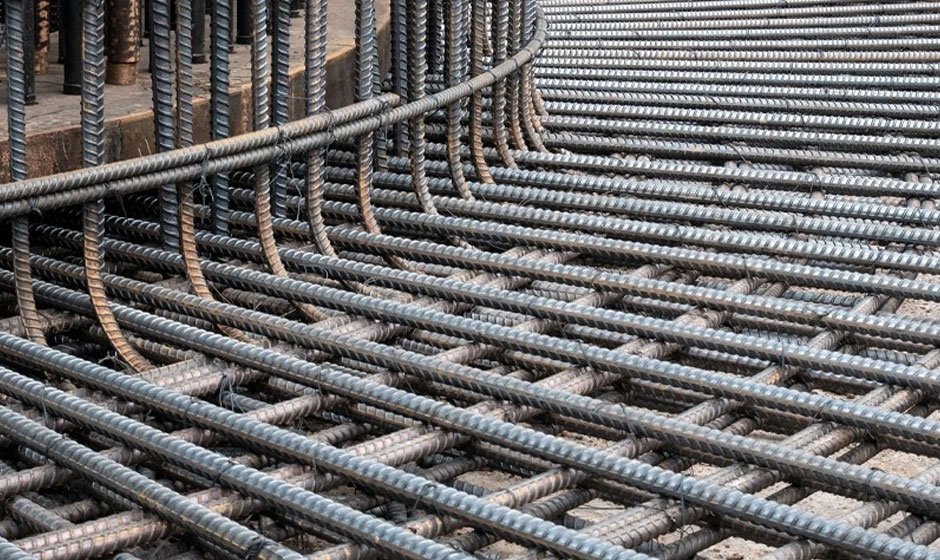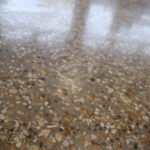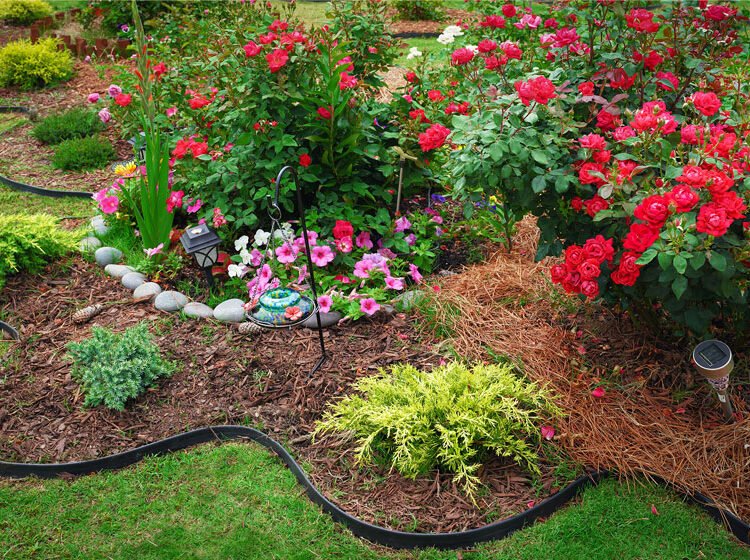Steel is an indispensable material in the construction industry, which plays a crucial role in ensuring the structural integrity and durability of buildings and infrastructure. Its versatility, strength and durability make it the preferred choice for engineers and architects around the world.
In addition, the importance of steel in construction goes beyond its mechanical properties. its environmental friendliness contributes to sustainable construction methods. Steel is easily recyclable, which reduces the need for raw materials and minimizes the environmental impact of construction projects. The recycling process does not compromise the quality or durability of the material, which makes it a responsible choice for environmentally responsible construction. As the construction industry pays more and more attention to sustainable methods, the role of steel.
In this context, understanding the environmental benefits of steel further strengthens its position as a cornerstone in the construction landscape. In this article, we will delve into the various types of steel used in construction, exploring their unique properties and applications.
Carbon Steel
One of the types of steel most commonly used in construction is carbon steel. It is an alloy of iron and carbon with a small number of other elements such as manganese, silicon and copper. The superiority of carbon steel in construction can be explained by its high strength and accessibility. In the context of the global cast iron and steel market, carbon steel occupies a significant share, meeting the requirements of various construction projects.
Alloy steel
Alloy steel is another important category containing additional elements such as chromium, nickel and molybdenum. These alloying elements improve the mechanical properties of steel, making it ideal for specialized construction applications. The development of the global cast iron and steel market has led to the production of advanced alloy steels that meet specific project requirements, such as increased corrosion resistance or increased strength.
Stainless steel
Stainless steel, known for its corrosion resistance and aesthetic appeal, is widely used in construction, especially in conditions where rust and corrosion are the main problems. The alloy is mainly composed of iron, chromium, nickel and other elements, forming a passive layer that protects the steel from environmental factors. In residential real estate development, the use of stainless steel gives architectural projects both functionality and modernity.
Structural steel
Structural steel is intended for use in structural elements, providing the framework of buildings and bridges. Its high strength, flexibility and versatility make it the preferred choice for the construction of beams, columns and other load-bearing elements. The use of structural steel is necessary to ensure the stability and safety of buildings, which makes it one of the tools of construction professionals around the world.
Reinforcing steel
Reinforcing steel, commonly known as rebar, is used to reinforce concrete structures. This is very important to ensure the tensile strength of concrete, which is initially not susceptible to stretching. The strategic placement of reinforcement in concrete elements increases their ability to withstand various structural loads. To become a successful residential real estate developer, understanding the role of reinforcing steel in reinforcing structures is vital to create buildings that stand the test of time.
Tool steel
Tool steel is specially designed for the manufacture of tools and equipment used in construction and manufacturing. Its properties such as hardness, wear resistance and durability make it suitable for cutting, shaping and shaping other materials. The use of high-quality tool steel is necessary to ensure the efficiency and durability of construction tools used in various processes.
Weather-resistant steel
Weather-resistant steel, also known as COR-TEN steel, is designed to create a protective rust-like coating when exposed to the elements. This natural layer of rust acts as a barrier, preventing further corrosion and eliminating the need for painting. Weather-resistant steel is particularly suitable for exterior structures, bridges and facades, where its special appearance and low maintenance requirements make it an attractive choice.
Galvanized steel
Galvanized steel is coated with a zinc layer to ensure corrosion resistance. This protective layer makes galvanized steel suitable for a variety of applications, including roofs, fences and lightweight building structures. The galvanizing process involves dipping steel into molten zinc to create a metallurgical compound that significantly extends the service life of the material.
Conclusion
In conclusion, Each of these specialized types of steel has its own set of advantages for solving specific tasks of construction projects. Whether it’s the aesthetic appeal of weather-resistant steel, the improved mechanical properties of HSLA steel, the corrosion resistance of galvanized steel or the durability of tool steel, a diverse range of steel options allows construction professionals to adapt their choice of materials to the unique requirements of each project.
As the construction industry continues to evolve, innovations in steel production will further expand the range of options available, ensuring that steel retains its position as a versatile and indispensable material in an ever-changing construction landscape.






